- Have any questions?
- +86-189 8930 5995
- sales@mosinterchem.com.cn
Diethylenetriaminepentaacetic acid CAS 67-43-6

EDTA-4NA CAS 64-02-8 13254-36-4
18/12/2018
Mannitol CAS 69-65-8
18/12/2018| Model: | MOS 67-43-6 |
| Brand Name: | MOSINTER |
| CAS No.: | 67-43-6 |
| Melting Point: | 220℃ |
| Flashing point: | 411.3°C |
| Boiling point: | 756.5°C at 760 mmHg |
| Vapour Pressur: | 4.77E-25mmHg at 25°C |
| Water solubility: | 5 g/L (20℃) |
| Hazard Symbols: | Xi:Irritant; N:Dangerous for the environment; |
Diethylenetriaminepentaacetic acid(CAS 67-43-6)
| ITEM | STANDARD | RESULT |
| Appearance | White crystalline powder | Conform |
| Assay(C14H23N3O10), % | ≥99.0 | 99.4 |
| Heavy metal(Pb), % | ≤0.001 | 0.0003 |
| Iron (Fe), % | ≤0.001 | 0.0003 |
| Chloride (Cl), % | ≤0.01 | 0.005 |
| Sulfate (SO4), % | ≤0.05 | 0.02 |
| PH(1%Water solution, 25℃) | 2.1-2.5 | 2.28 |
| Sodium carbonate Solubility test | Qualified | Qualified |
| Loss on drying, % | ≤0.2 | 0.07 |
| Chelate value
(PH=11 mgcaco3/g) |
≥252 | 253 |
Molecular Structure
DTPA is an effective chelating agent, used in chelate fertilizers, used in Acrylic production
as colour inhibitor, papermaking industry, water softener, as textile auxiliary agent, as
complexing agent,etc..
Pentetic acid or diethylene triamine pentaacetic acid (DTPA) is an aminopolycarboxylic
acid consisting of a diethylenetriamine backbone with five carboxymethyl groups. The
molecule can be viewed as an expanded version of EDTA and is used similarly. It is a
white, water-soluble solid.
Coordination properties
The conjugate base of DTPA has a high affinity for metal cations. Thus, the penta-anion
DTPA5− is potentially an octadentate ligand assuming that each nitrogen centre and each
COO−-group counts as a centre for coordination. The formation constants for its complexes
are about 100 greater than those for EDTA. As a chelating agent, DTPA wraps around a metal
ion by forming up to eight bonds. Transition metals, however, usually form less than eight
coordination bonds. So, after forming a complex with a metal, DTPA still has the ability to
bind to other reagents, as is shown by its derivative pendetide. For example, in its complex
with copper(II), DTPA binds in a hexadentate manner utilizing the three amine centres and
three of the five carboxylates.
Applications
Like the more common EDTA, DTPA is mainly used for sequestering metal ions that otherwise
decompose hydrogen peroxide, which is used to bleach pulp in paper making. Several million
kilograms are produced for this purpose annually.
Its chelating properties are useful in deactivating calcium and magnesium ions in hair products.
DTPA is used in over 150 cosmetic products. Additionally, DTPA is used in MRI contrasting
agents. DTPA improves MRI images by forming a complex with a gadolinium ion, which alters
the properties of nearby water molecules.
DTPA has been considered for treatment of radioactive materials such as plutonium, americium,
and other actinides. In theory, these complexes are more apt to be eliminated in urine. It is normally
administered as the calcium or zinc salt, since these ions are readily displaced by more highly
charged cations. DTPA forms complexes with thorium(IV), uranium(IV), neptunium(IV), and cerium(III/IV).
DTPA is also used as a chelate for aquarium plant fertilizer, specifically iron, an essential micronutrient
typically needed in substantial quantities by all plants. Chelates are dissolved organic substances that bind
to metals and prevent them from forming larger molecules through oxidation. FeDTPA is often sold under
the name iron chelate 10% or 11% when used for the purpose of aquarium plant fertilization. Iron typically
found in the aquarium water column has been converted into the ferric state (Fe+3) since it is in the presence
of dissolved oxygen. However plants require iron in the ferrous state (Fe+2), therefore additional energy must
be expended in order to extract the ferric iron from the water column and convert it to the ferrous form. When
used to chelate iron fertilizer DTPA ensures that the iron is kept in the ferrous state (Fe+2) over time so it
can be utilized by aquatic plants without expending valuable energy.
You must be logged in to post a review.

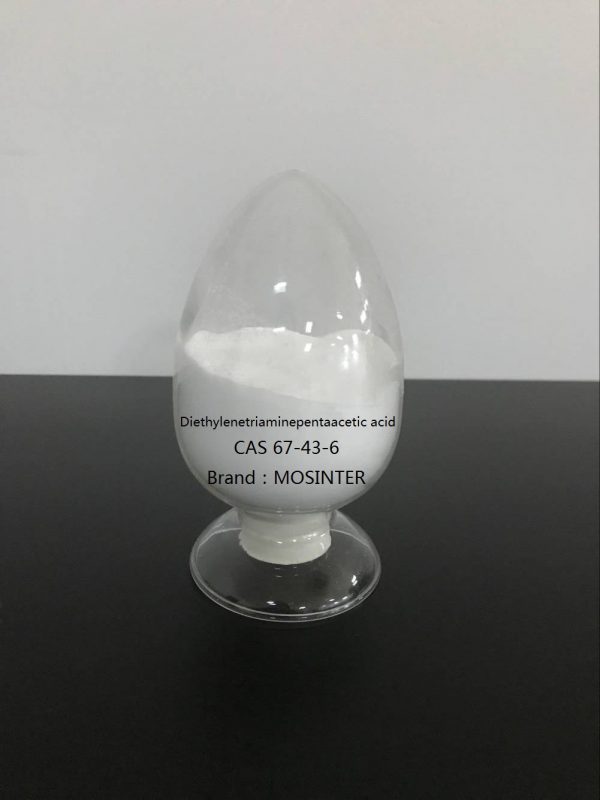
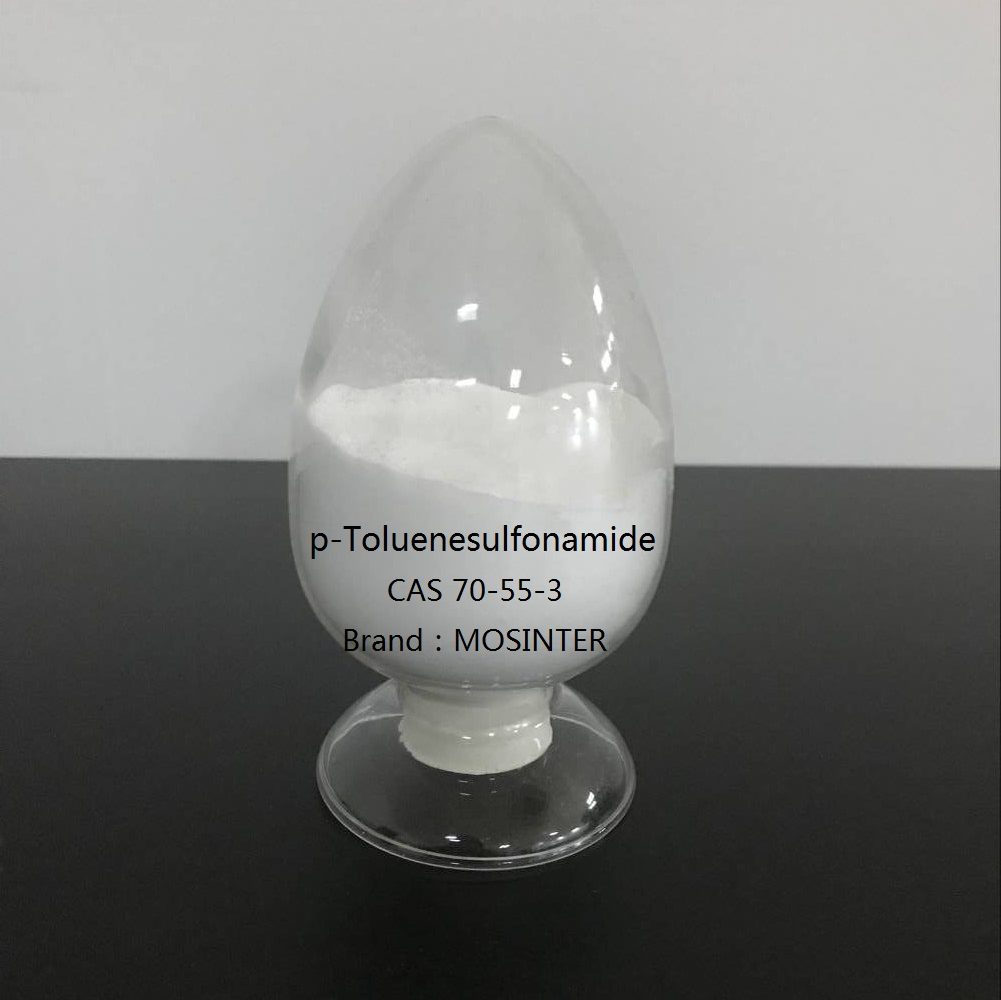
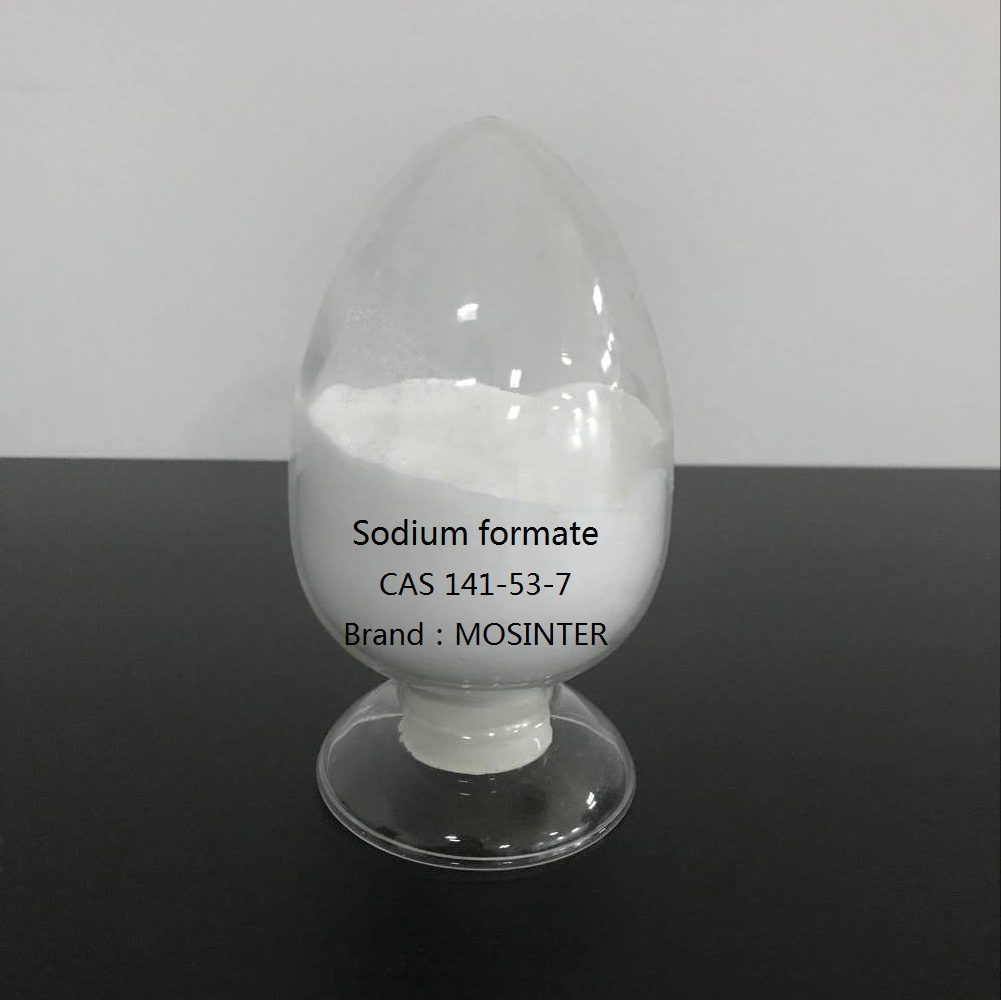
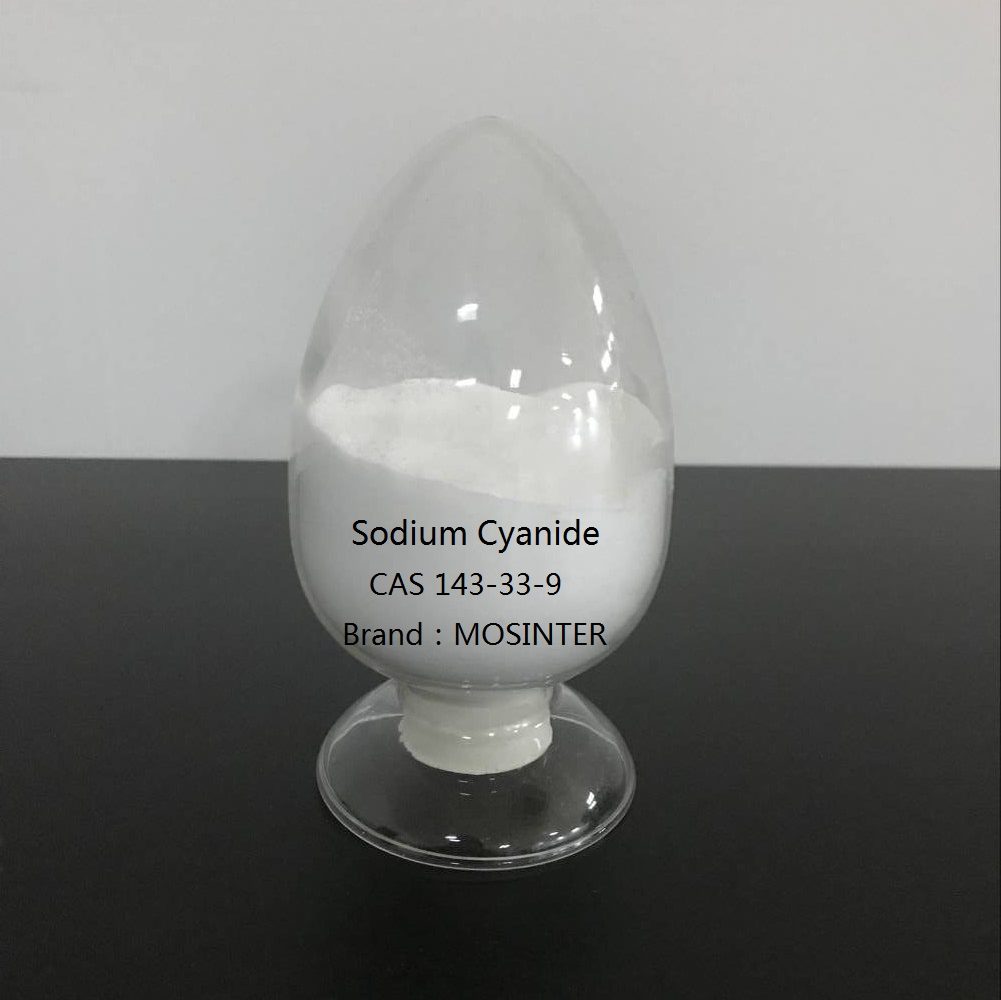
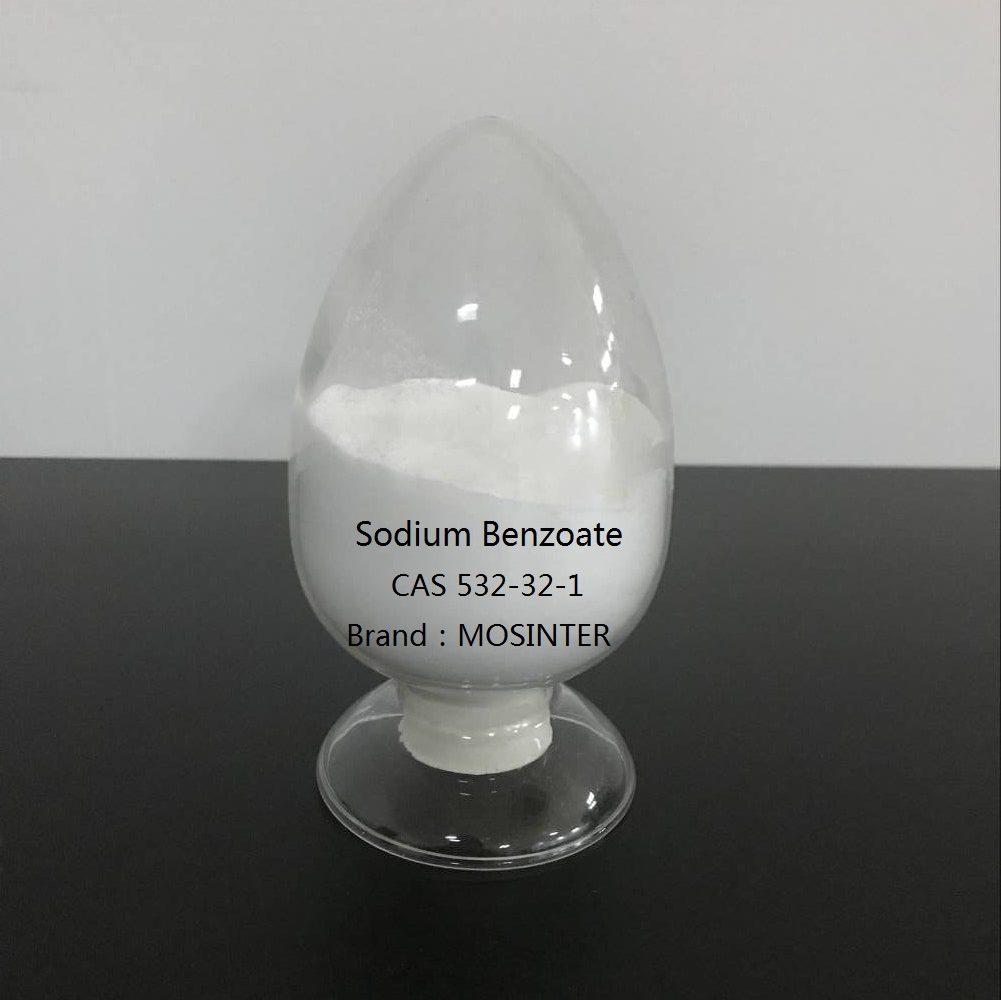
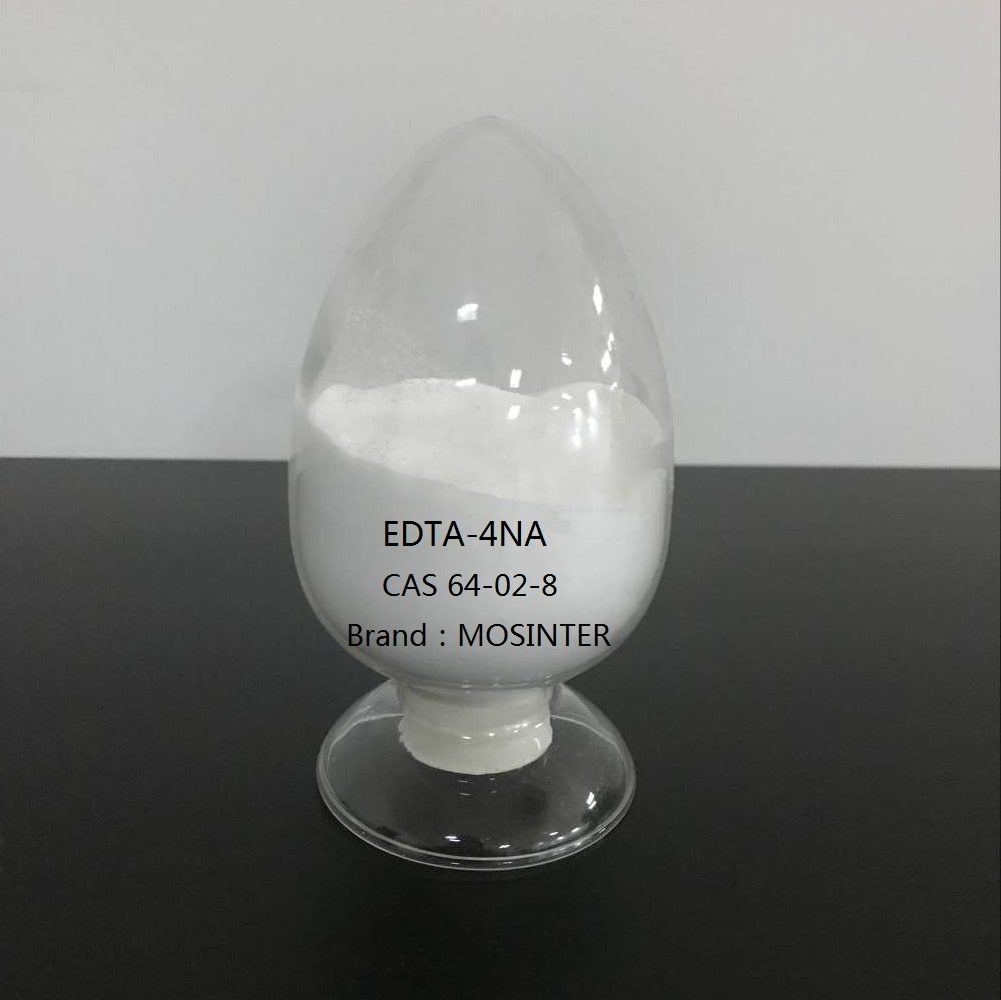
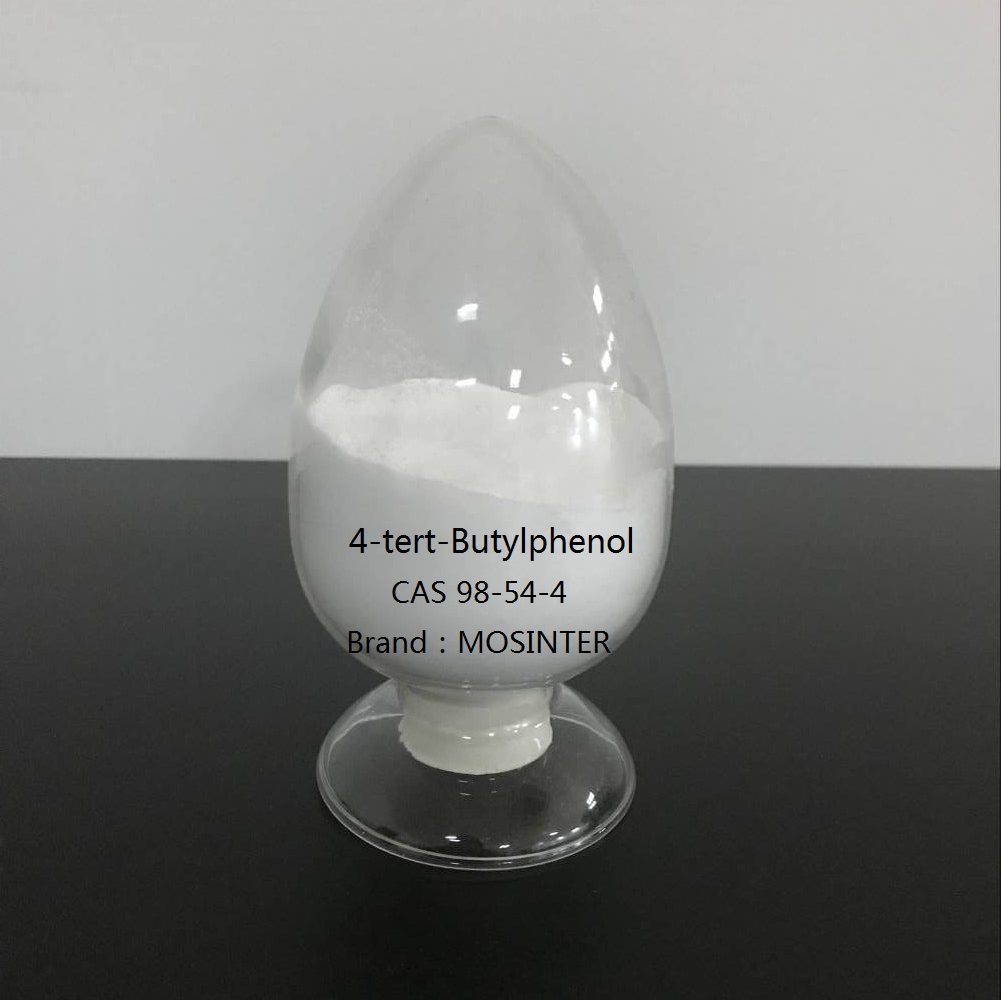
Reviews
There are no reviews yet.